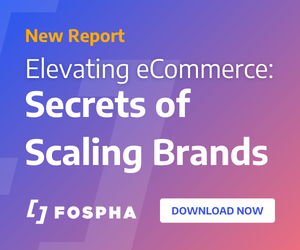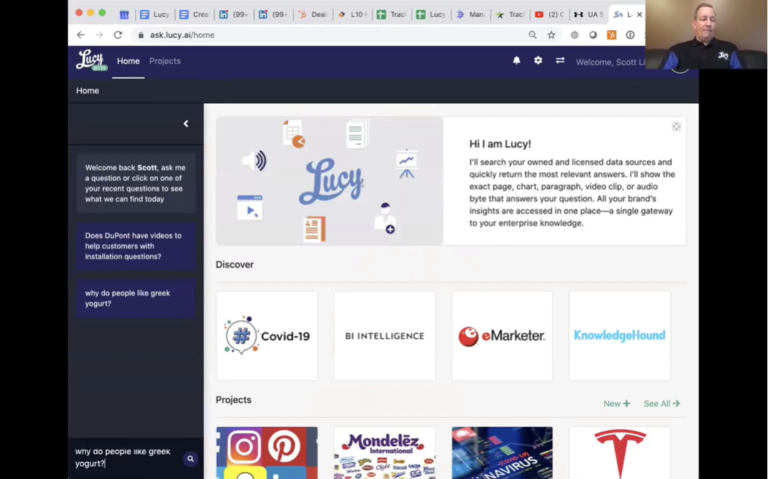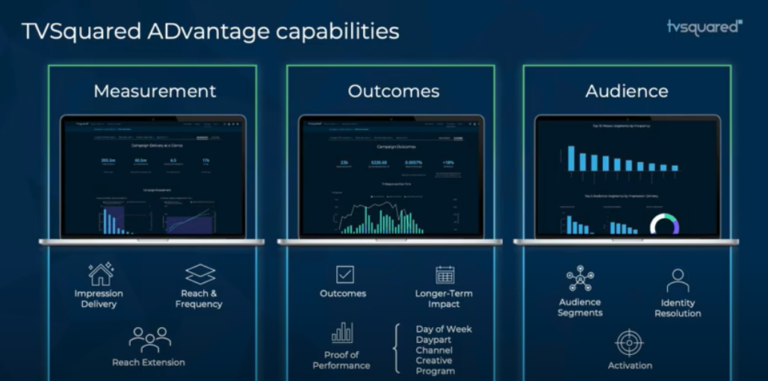Social media has become an indispensable tool for marketing professionals. Its influence extends beyond brand promotion and customer engagement; it now plays a pivotal role in individual career development within the marketing industry. As companies increasingly turn to social media platforms to scout for talent, a well-crafted online presence can be the key to unlocking new job opportunities. Conversely, a poorly managed digital footprint can be detrimental, potentially derailing one’s professional aspirations. The rise of social media has thus introduced a new dynamic in the job market, where marketing metrics, personal branding, and online interactions converge to shape career trajectories. For marketing professionals, understanding and navigating this landscape is crucial, as their social media profiles become extensions of their resumes and a showcase of their expertise to prospective employers.
The Power of Social Media Presence in Job Searches
Social media’s influence on job searches is undeniable. A robust online presence can serve as a beacon to recruiters, signalling a candidate’s readiness for new opportunities. Platforms like LinkedIn are not merely for networking; they are digital stages where professionals can demonstrate their skills and expertise. By strategically managing their digital profiles, job seekers can increase their visibility and attractiveness to potential employers. This involves not only showcasing one’s professional accomplishments but also engaging with industry-relevant content to exhibit thought leadership. For marketing professionals, this means tracking and participating in discussions around modern marketing metrics, such as engagement rates and organic traffic. A well-optimized social media profile, rich with industry-specific keywords, can act as a magnet for career opportunities, making one’s job search more effective and far-reaching.
The Double-Edged Sword of Social Visibility
Social media’s pervasive reach can be both a boon and a bane for marketing professionals. On one hand, a strong social presence can amplify one’s professional brand, creating opportunities for career advancement. On the other, the indelible nature of online activity means that every post, like, and share is subject to scrutiny. The content that marketers produce and interact with can significantly influence their job prospects. Positive engagement with industry-relevant topics can position a professional as a knowledgeable and active participant in their field. However, any misstep or inappropriate content can have the opposite effect, potentially harming one’s reputation and employability. Thus, social visibility requires a strategic approach, balancing the need for authenticity with professional decorum. Marketers must navigate this landscape carefully, as their online behaviour can send powerful signals to current and future employers, for better or worse.
Expert Insights on Social Media Presence
The consensus among experts is clear: a strategic social media presence is crucial for job seekers. Matti Laukkarinen, a doctoral researcher, emphasizes the shift towards proactive recruitment, where employers actively seek out talent online. This underscores the importance of a professional digital footprint. Lisa Orbé-Austin, an executive coach, advises job seekers to manage their online presence with the same diligence as a social media manager, ensuring profiles are engaging and resonate with target employers. Moreover, creators like Coco Mocoe highlight LinkedIn’s unique value in professional brand growth, suggesting that even a brief, well-crafted post can attract media attention. Neil Waller, co-CEO of Whalar, stresses the need for content to be business-oriented, aligning with LinkedIn’s professional ethos. Collectively, these insights paint a picture of social media as a curated space that, when navigated with intention, can significantly influence career trajectories.
Pros and Cons of LinkedIn‘s ‘Open to Work’ Feature
LinkedIn’s ‘Open to Work’ feature is a double-edged sword. On one hand, it increases a job seeker’s visibility, signaling to a vast network of recruiters that they are actively seeking opportunities. LinkedIn data suggests that users with this feature are more likely to receive direct messages from recruiters. However, there is a stigma attached to overtly displaying one’s job-seeking status, which can lead to potential bias. Emma Archer, a senior marketing recruitment specialist, warns against the possibility of being dismissed by employers who may perceive the ‘Open to Work’ badge as a sign of desperation. The debate is nuanced, with some advocating for its use to maximize reach, while others caution against the risk of negative perceptions. Ultimately, the decision to use this feature should be weighed against the individual’s unique circumstances and the prevailing attitudes within their industry.
Strategies for Creating Visibility on Social Media
Creating visibility on social media requires a blend of strategic posting and authentic engagement. Experts suggest that job seekers should optimize their profiles with relevant keywords from job descriptions to appeal to both recruiters and search algorithms. Building a robust network is equally important; a mix of quantity and quality in connections amplifies visibility and opens doors to endorsements. For instance, Whalar’s partnership with LinkedIn exemplifies the power of content in driving engagement, with creators like Coco Mocoe leveraging written content to complement larger video campaigns. Additionally, engaging with industry trends and sharing insights can attract attention from journalists and thought leaders. It’s about crafting a narrative that resonates with your professional journey and insights. As Neil Waller of Whalar asserts, the content must remain business-oriented, ensuring that it aligns with the professional nature of platforms like LinkedIn.








